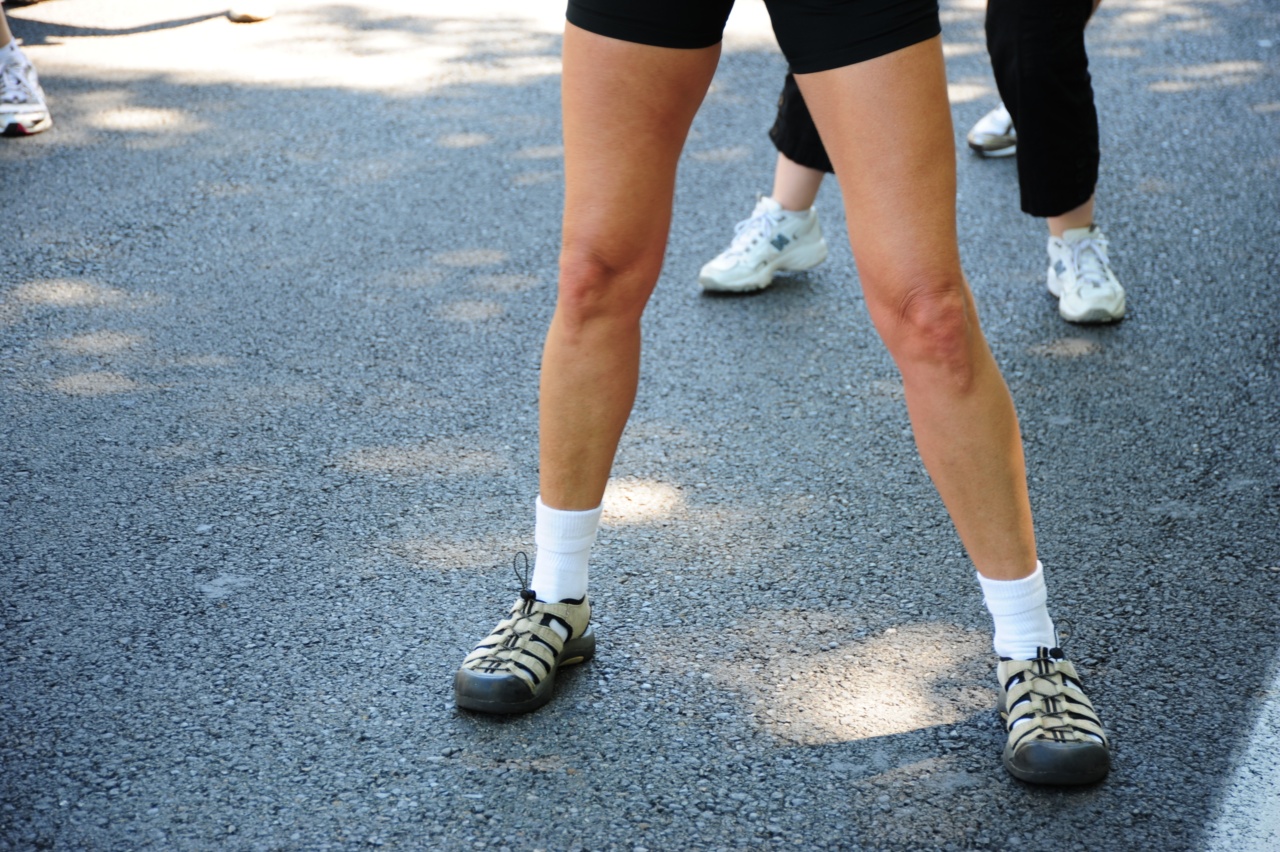Exercise is a key component of any cholesterol-lowering plan, along with a healthy diet and medication if needed.
Physical activity helps to increase levels of HDL (good) cholesterol and decrease levels of LDL (bad) cholesterol, as well as promoting overall cardiovascular health. Here are some guidelines for creating an exercise regimen that can contribute to lowering cholesterol levels:.
Schedule
It is recommended that adults engage in at least 150 minutes of moderate-intensity aerobic exercise or 75 minutes of vigorous-intensity aerobic exercise per week, spread out over several sessions.
Strength training exercises should also be done at least two days per week, targeting all major muscle groups. It is important to consult with a healthcare provider before starting a new exercise program and to gradually increase intensity and duration over time.
Aerobic Exercise
Aerobic exercise, also known as cardio, is any activity that increases heart rate and breathing rate, such as walking, jogging, cycling, swimming, or dancing.
This type of exercise has been shown to improve cholesterol levels, as well as overall cardiovascular health. It is recommended to engage in moderate-intensity aerobic exercise for at least 30 minutes per session, five days per week, or vigorous-intensity aerobic exercise for at least 20 minutes per session, three days per week.
Examples of these types of exercise include:.
- Brisk walking
- Light jogging
- Biking at a moderate to high pace
- Swimming laps
- Dancing
- Kickboxing
Resistance Training
Resistance training, also known as strength training, involves the use of weights or resistance bands to build muscle and increase strength.
This type of exercise has been shown to improve cholesterol levels, as well as promote overall muscle and bone health. It is recommended to do strength training exercises for all major muscle groups at least two days per week, using weights or resistance that are challenging but still allow for proper form. Examples of these types of exercise include:.
- Lifting weights
- Using resistance bands
- Bodyweight exercises such as pushups, squats, and lunges
Interval Training
Interval training involves alternating periods of high-intensity exercise with periods of rest or lower-intensity exercise.
This type of exercise has been shown to improve cholesterol levels, as well as increase aerobic capacity and burn more calories than traditional steady-state cardio. It is recommended to incorporate interval training into aerobic exercise routines, such as by:.
- Adding short bursts of high-intensity activity, such as sprinting, into a mostly steady-state activity, such as jogging
- Using a stationary bike or treadmill to alternate between high-intensity intervals and recovery periods
- Doing bodyweight exercises in a circuit-style workout, with short rest periods in between sets
Stretching and Flexibility
Stretching and flexibility exercises help to improve range of motion, reduce the risk of injury, and promote relaxation. While they do not directly contribute to lowering cholesterol levels, they can be an important part of an overall exercise routine.
It is recommended to stretch all major muscle groups at least two days per week, holding each stretch for 10-30 seconds and repeating two to four times per muscle group. Examples of stretching and flexibility exercises include:.
- Static stretching, such as standing hamstring stretches and quadriceps stretches
- Dynamic stretching, such as walking lunges and high knees
- Yoga or Pilates, which incorporate both stretching and strengthening exercises
Getting Started
Starting an exercise program can be challenging, but it is important to remember that every little bit helps. Even small amounts of exercise, such as taking a brisk walk or doing a few pushups, can contribute to overall health and wellbeing.
It is also important to find activities that are enjoyable and sustainable, to increase the likelihood of sticking with them long-term. It can be helpful to:.
- Set realistic goals, such as increasing daily steps or completing a 5K race
- Make exercise a social activity by joining a class or workout group
- Incorporate physical activity into daily routines, such as taking the stairs instead of the elevator
- Use technology to track progress and stay motivated, such as a fitness app or wearable device
- Experiment with different types of exercise to find what works best, both physically and mentally
Conclusion
Exercise is a crucial component of any plan to lower cholesterol levels and promote cardiovascular health.
By incorporating a combination of aerobic exercise, strength training, interval training, and stretching and flexibility into a weekly regimen, individuals can help to improve cholesterol levels and overall fitness. With the guidance of a healthcare provider and a commitment to consistency and sustainability, exercise can be a key factor in achieving better health and wellbeing.


























